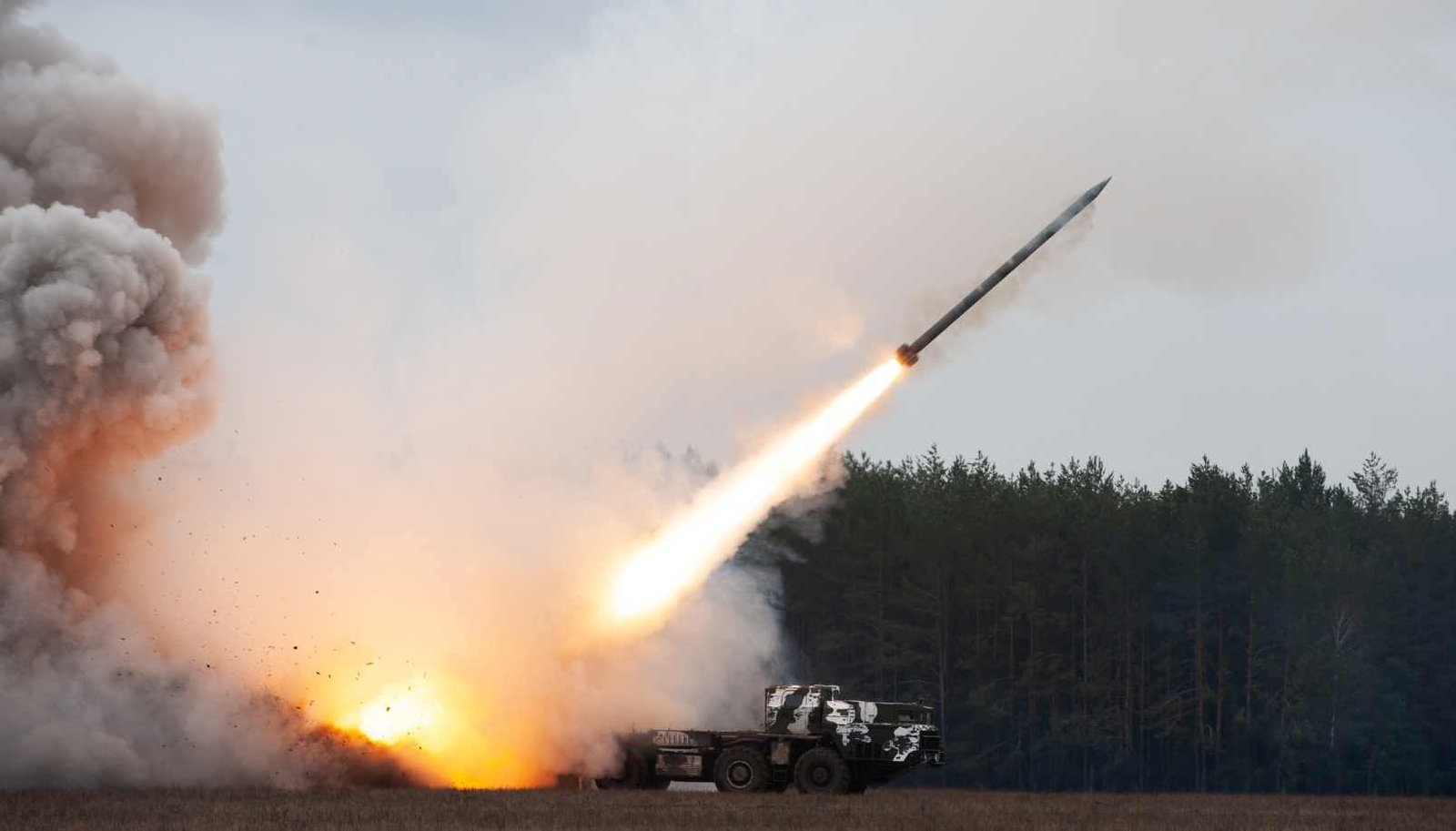Highlights
- Ukraine fired U.S.-made ATACMS missiles into Russia’s Bryansk region for the first time.
- The missiles targeted ammunition depots storing North Korean-supplied artillery.
- Russia claims its air defenses intercepted five of the six missiles.
- President Biden approved Ukraine’s use of long-range missiles just two days before the attack.
- Vladimir Putin updated Russia’s nuclear doctrine in response to the escalation.
- North Korea has deployed thousands of troops to support Russia in the conflict.
- Ukraine aims to demonstrate the effectiveness of Western aid through advanced military strikes.
KYIV, Ukraine — In a major escalation of the war, Ukraine used U.S.-supplied Army Tactical Missile Systems (ATACMS) to strike targets inside Russian territory for the first time.
The pre-dawn attack on Tuesday targeted an ammunition depot in Russia’s Bryansk region, marking a dramatic shift in the conflict on its 1,000th day.
This operation came just two days after U.S. President Joe Biden authorized Kyiv to use the long-range missiles to strike within Russia.
Ukrainian officials have pushed for months to access these weapons, arguing that long-range strikes are essential to their counteroffensive strategy.
Also, Read: Gladiator II Review | Packed Roman Sequel
According to Russia’s Defense Ministry, Ukrainian forces fired six ATACMS missiles into Bryansk at approximately 3:25 a.m.
Moscow claims that five were intercepted and one was damaged, with fragments causing a fire at a military facility. Officials reported no casualties or structural damage.
While Kyiv has yet to officially confirm its role in the strike, Ukrainian sources stated the targeted facilities stored artillery ammunition, including supplies reportedly provided by North Korea.
Biden’s Approval Marks Policy Shift
The use of ATACMS missiles inside Russia highlights a significant shift in U.S. policy. President Biden’s decision ended months of internal debate among American officials, some of whom feared the move could escalate the war.
Others argued that Russia’s increasing reliance on external allies, such as North Korea, necessitated a stronger Ukrainian response.
The Biden administration had initially been cautious about approving the missiles for strikes within Russian territory. The recent deployment of North Korean troops to support Russian operations appears to have been a turning point.
Also, Read: Winter Weather Warnings in 5 States
Reports indicate that up to 10,000 North Korean soldiers are now stationed in Russia’s Kursk region, underscoring Moscow’s growing reliance on external military support.
Matthew Miller, a spokesperson for the U.S. State Department, condemned North Korea’s involvement, calling it “a significant escalation by Russia” and a breach of international norms.
Putin Responds With Nuclear Doctrine Update
Hours after the missile strike, Russian President Vladimir Putin announced adjustments to the country’s nuclear doctrine.
The revisions lower the threshold for nuclear retaliation, with Moscow now considering aggression involving a nuclear-aligned country, like the United States, as a coordinated attack against Russia.
The Kremlin criticized Biden’s approval of ATACMS use, with spokesperson Dmitri Peskov calling the move “a dangerous escalation.”
Putin has repeatedly signaled that Western military aid to Ukraine could provoke severe responses, including nuclear threats.
Ukraine’s Strategy Gains Momentum
For Ukrainian President Volodymyr Zelensky, the ability to use long-range missiles is a critical component of his “Victory Plan.” In recent months, Zelensky has argued that advanced Western weaponry is essential to achieving decisive results on the battlefield.
“Strikes are not carried out with words,” Zelensky said in a recent statement. “Missiles will speak for themselves.”
The Bryansk attack also serves as a demonstration to Western allies of Ukraine’s capability to effectively use advanced weaponry.
Also, Read: Draymond Green Calls Out Grant Williams
By targeting ammunition depots and disrupting supply chains, Kyiv aims to weaken Russia’s military capacity while maintaining momentum in its counteroffensive.
Concerns Over the War’s Future
The timing of Biden’s decision is notable, given the upcoming U.S. presidential transition. President-elect Donald J. Trump has vowed to seek a swift end to the conflict, raising questions about whether U.S. military aid to Ukraine will continue at its current levels.
Ukraine’s military leadership remains determined to show that Western support is paying off. Officials in Kyiv believe that actions like the Bryansk strike can bolster confidence among allies and discourage any moves toward reduced assistance.
North Korean Role Raises Tensions
The introduction of North Korean troops and ammunition into the conflict has heightened global concerns.
Andrii Kovalenko, a member of Ukraine’s National Security and Defense Council, confirmed that the Bryansk strike targeted facilities storing North Korean-provided artillery.
Also, Read: Social Security and SSI to Send Two Payments in November, None in December for Ohioans
The deployment of North Korean forces marks an unprecedented development in the war, transforming the conflict into a broader international confrontation.
Western leaders view this as a direct challenge to global stability, prompting stronger responses, including the approval of advanced weaponry for Ukraine.
For More Updates, Keep Visiting: Mahamana News Blog
